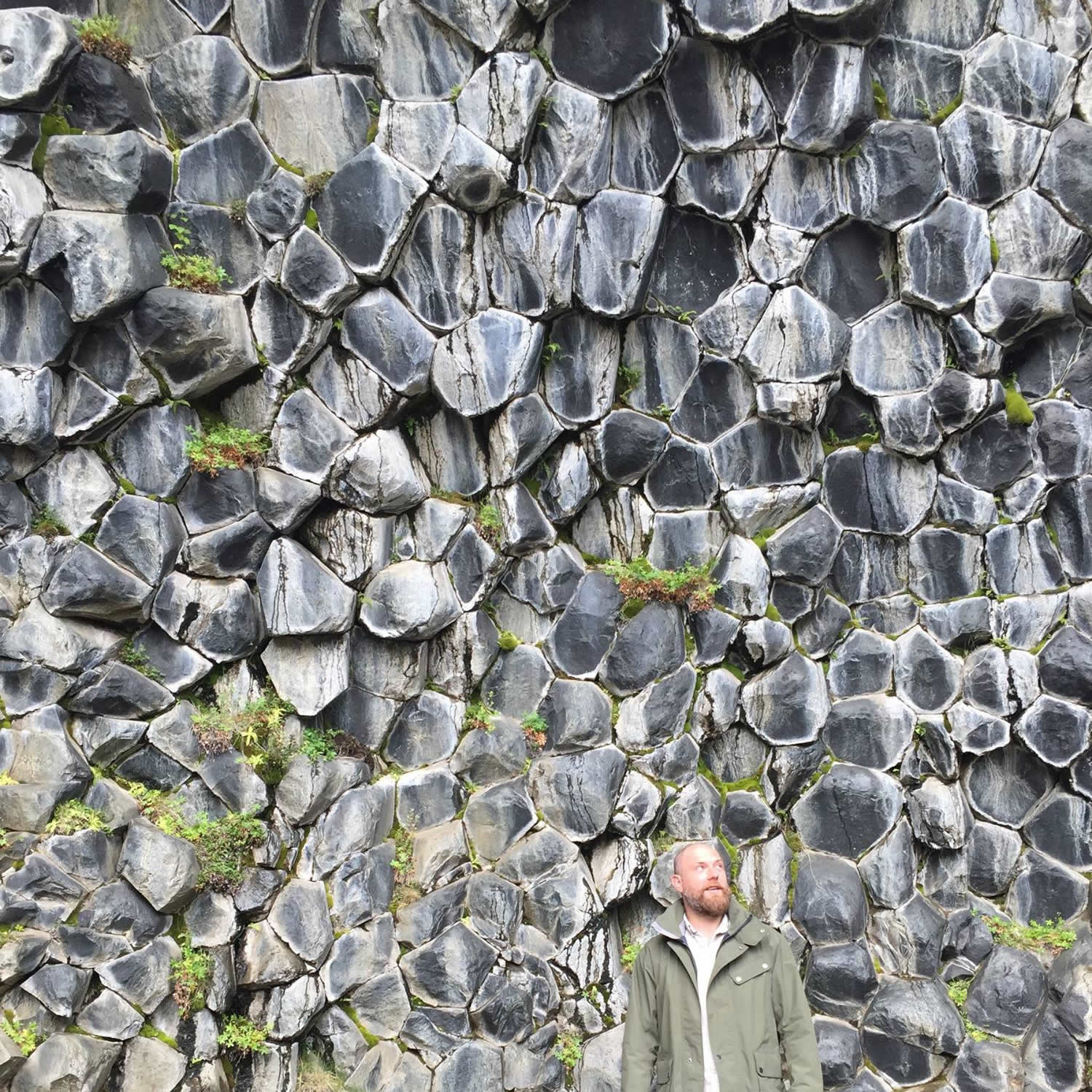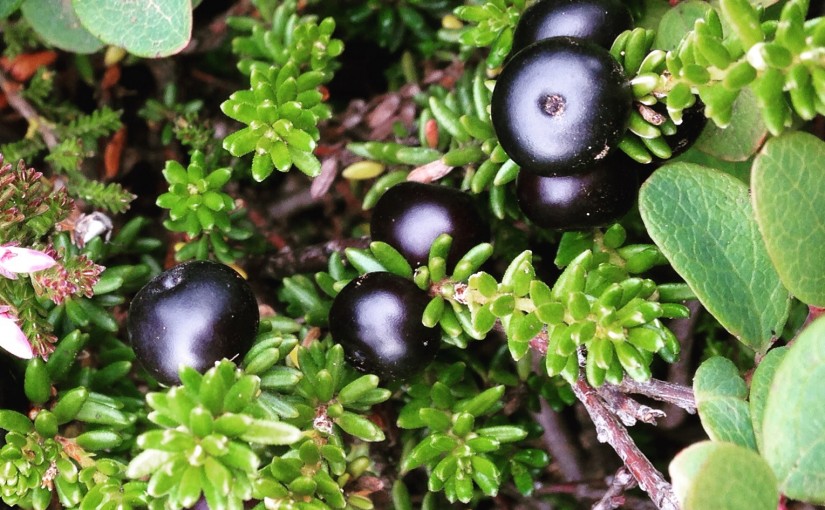The hubby and I just got back from a belated honeymoon of sorts. We packed up the backcountry gear, flew to Reykjavík, rented a 4×4, and spent two weeks wandering and camping around the country. (Okay, okay, there were a few nights in nice cozy hotel beds mixed in there.)
Somewhere between double-takes at the scenery and spit-takes at the price of a pint, I managed to nibble on some of the flora and take a gander at how it’s used in local restaurants and packaged foods.
My impression: Iceland, like many places in the “developed world,” is currently in a revival phase when it comes to wild foods and traditional foodways. Although it’s spearheaded by small producers, they are without a doubt being spurred on by the massive influx of hungry, curious tourists that the country has welcomed in recent years.
This revival is also getting nudged along by a crew of fledgling craft breweries and distilleries, some of which — like Reykvajík Distillery and Borg — show a fantastic eagerness to explore wild ingredients. From nice safe stuff like bog bilberries (Vaccinium uliginosum) to more challenging additions like Arctic thyme (Thymus praecox subsp. arcticus) and malt smoked over the shit of Icelandic sheep. (FYI: Didn’t try it. But only because a single bottle was 3,000 króna, not because I wasn’t intrigued.)
Now for a bit of (very ancient) history.
Iceland lies just a smidgen south of the Arctic Circle. Just from that, you might expect it to be really, really cold. It’s not. (At least, not from the perspective of a guy who grew up in central Alberta. Your mileage may vary.)
The North Atlantic Current keeps things relatively temperate for that latitude, especially when you compare to Greenland and Baffin Island to the West.
Such a climate should support plenty of trees, and yet, where are all of the forests? The short answer: the Vikings burned them all. Reportedly, they used to be everywhere, dominated by downy birch, rowans, quaking aspens, and assorted small willows. Fragments still survive, and small areas have been re-forested with native and non-native species. But when you look at the rolling fields and emerald cliffs of much of Iceland, much of what you’re really seeing is world scraped bare by people. But damned if it ain’t pretty.
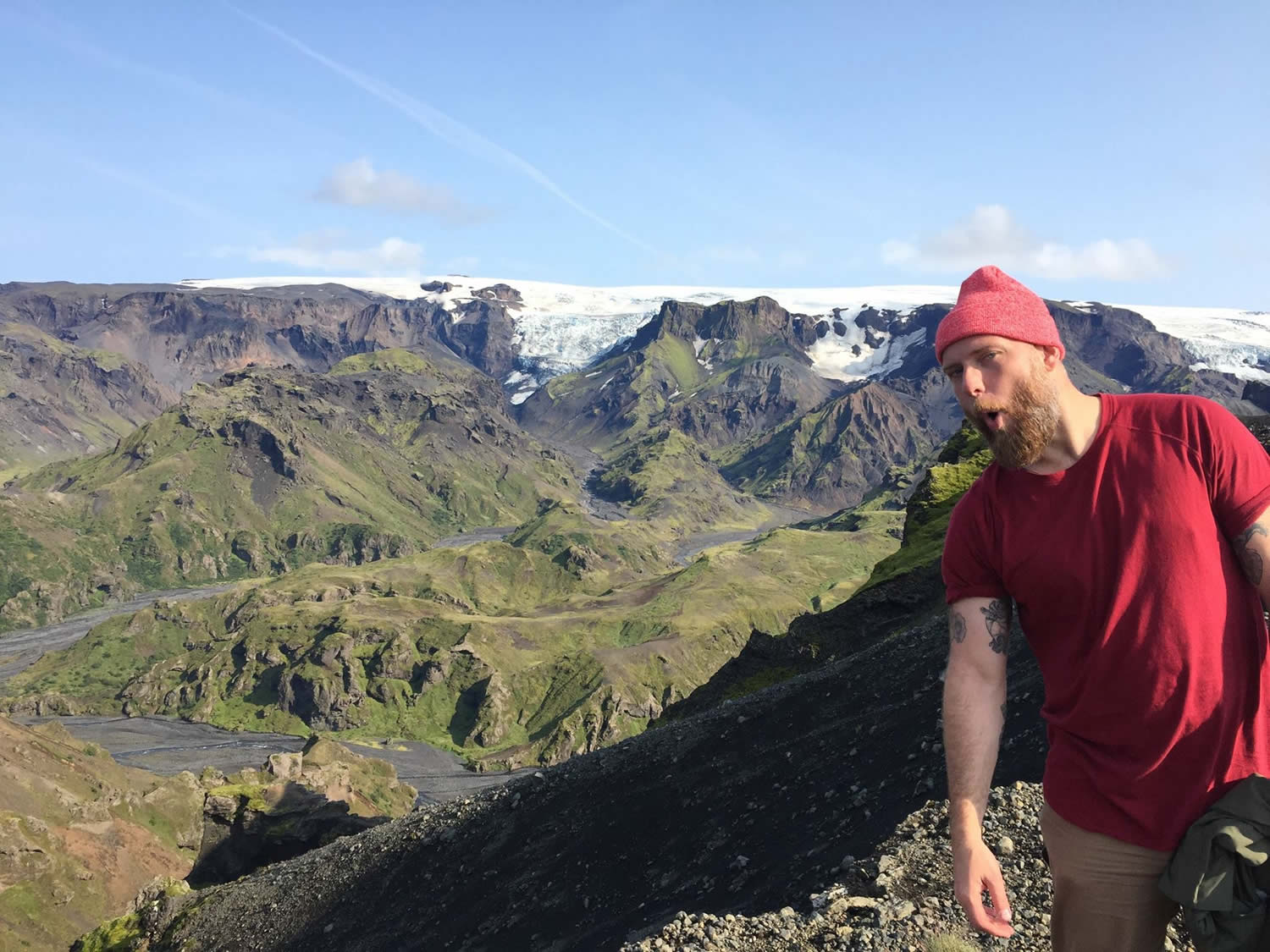
Another curious thing about such a temperate country is how species-poor it is. By most accounts, under 500 indigenous and naturalized vascular plants are found there — a relatively paltry sum. The only native land mammal is the Arctic fox, who alone enjoyed a vast smorgasbord of sea birds nesting on the island’s coasts. That is, until people arrived.
Folks who know more about ecology than I chalk this lack of biodiversity up to ice age glaciation, geographic isolation, and repeated volcanic disturbance. You certainly don’t need to be an expert to see the vast lava fields, glacial washouts, and rocky subarctic deserts that stretch for hours in some places.
In practical terms, this means that Icelanders are traditionally very good at making the most of what they do have.
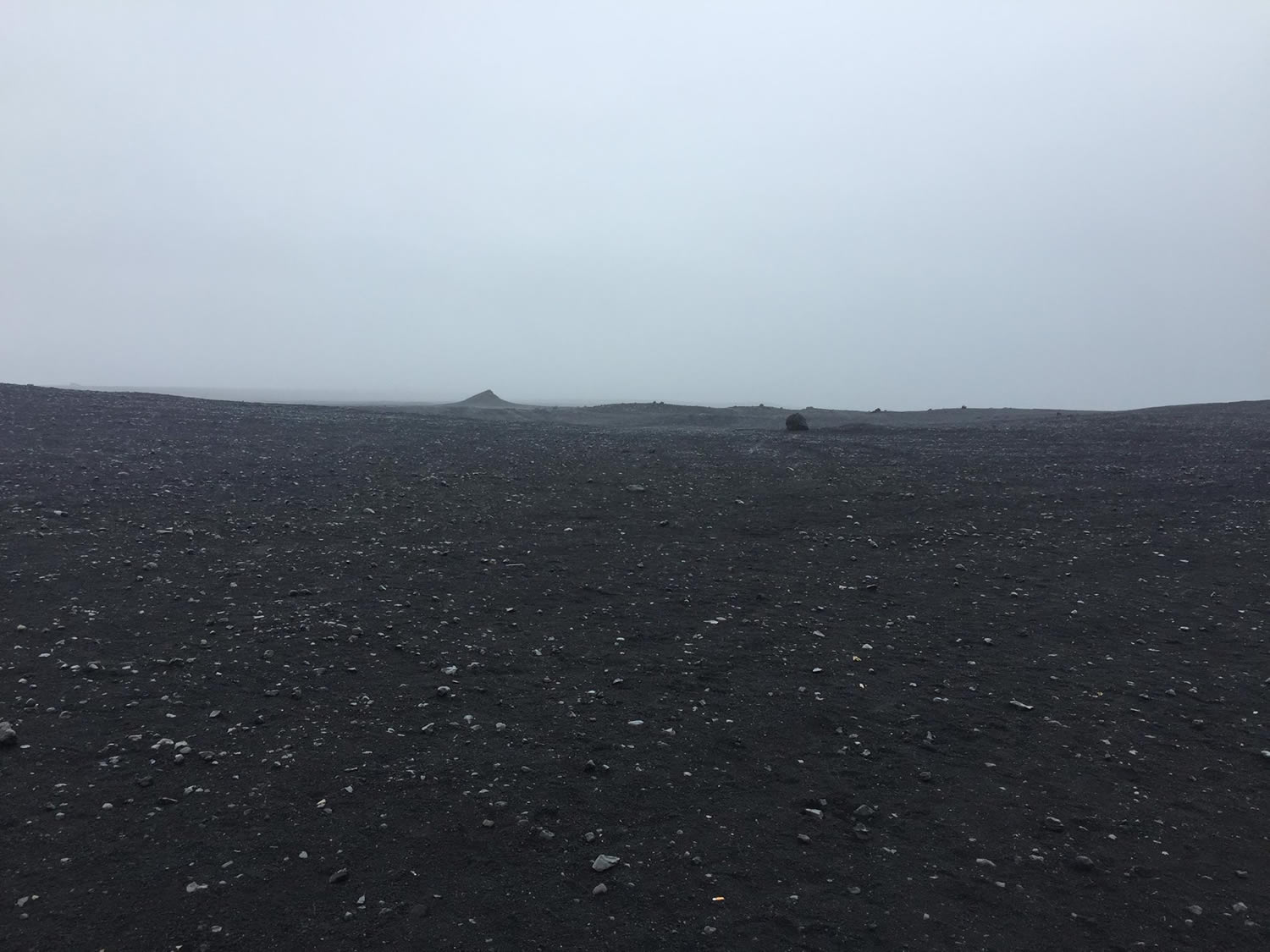
A quick lap around Reykjavík
Poke around the gift shops and restaurants that surround Laugavegur in Reykjavík, and you’ll see plenty of teas, sea salt blends, preserves, and syrups touting wild ingredients.
Northern favourites such as bilberries, brambles, rowens, mushrooms, kelp, and dulse pop up the most frequently, and even the under-loved, jet-black crowberry (Empetrum nigrum) makes an appearance here and there.
Íslensk Hollusta and Urta Islandica are the two small makers with interesting lines that seem to be stocked in many shops. Truth be told, they both suffer from kinda homely packaging.
I didn’t sense a tonne of enthusiasm from Icelanders about these products. The local lamb hot dog, yes; the pickled dulse, not so much. It’s a meat-centric food culture for sure, and menus showcase a whole lot more assorted seafood, Minke whale, puffin, and Greenland shark (in the form of hákarl) than native vegetables, fruit, or fungus. (In all fairness, the whale in particular is definitely more for tourists than it is for locals.)
One notable exception to the rule: berries. I noted local berries in quite a few desserts, and once we left Reykjavík behind, pickers were a common sight, since the blueberries and bilberries were just coming into season.
Angelica, the Holy Ghost
Good ol’ Angelica archangelica seems to grow all over the damn place, and its beefy stems stands out rather conspicuously against much of the shrimpy native flora. Plus, the angelica were setting big, bright green seedheads while I was there, so they were practically begging me to come and chomp at them.
Aromatic wild herbs tend to come in drastically different chemotypes, which means that individual populations of one species may smell completely distinct even if they look more or less the same.
The ones I tried throughout Iceland were all surprisingly mild, with that familiar sweet, herbal muskiness that angelica is known for, but not as penetrating as some angelica can be. (I was on my best visitor behaviour and didn’t dig up any of the roots, which are usually highly aromatic as well.)
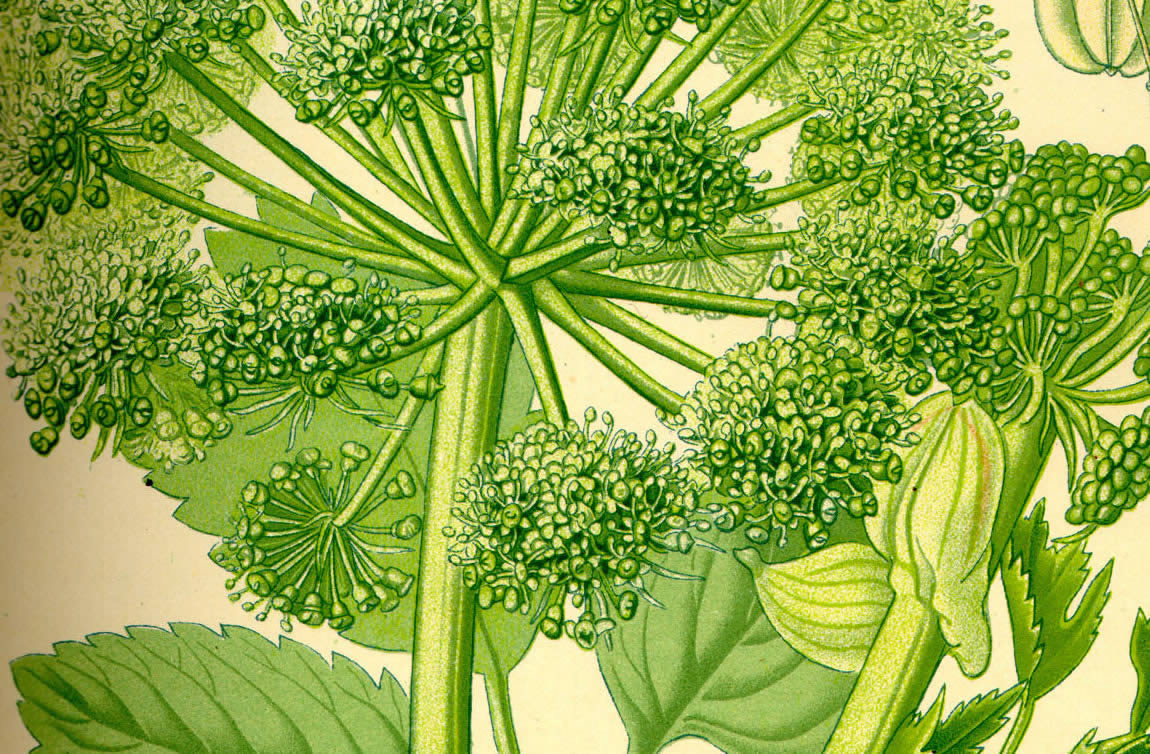
What’s worth noting here is that, for all of its ubiquity, angelica doesn’t seem to have found a place in Icelandic cuisine in any big way. Sure, it pops up here and there in those gift shop preserves and salts I mentioned — and it’s apparently an ingredient in the national aquavit Brennivín, although you’d be hard-pressed to pick it out from underneath the caraway.
Angelica-fed lamb is definitely a thing in Reykjavík’s nicer joints. Being a humourless, screw-faced vegetarian of 20 years, I didn’t try it, and I tend to look at that kind of thing as the culinary version of homeopathy.
(Sidenote: I’m not one to fear monger, but angelica does bear some passing resemblance to a few extremely poisonous cousins in the carrot family. You should absolutely learn about those before you go tasting things willy-nilly.)
Arctic downy birch
Some brave soul out there in Iceland has the fortitude to be tapping the native Arctic downy birch (Betula pubescens subsp. tortuosa) to make birch syrup. I say brave, because as trees go they definitely land on the puny end of the scale.
Getting enough sap to make it worthwhile must be a major undertaking, which may be why I never actually saw straight-up birch syrup for sale. Instead, it’s ending up in Björk liqueur and Birkir snaps at Foss Distillery, along with just plain old “birch,” which I take to mean birch twigs and spring buds.
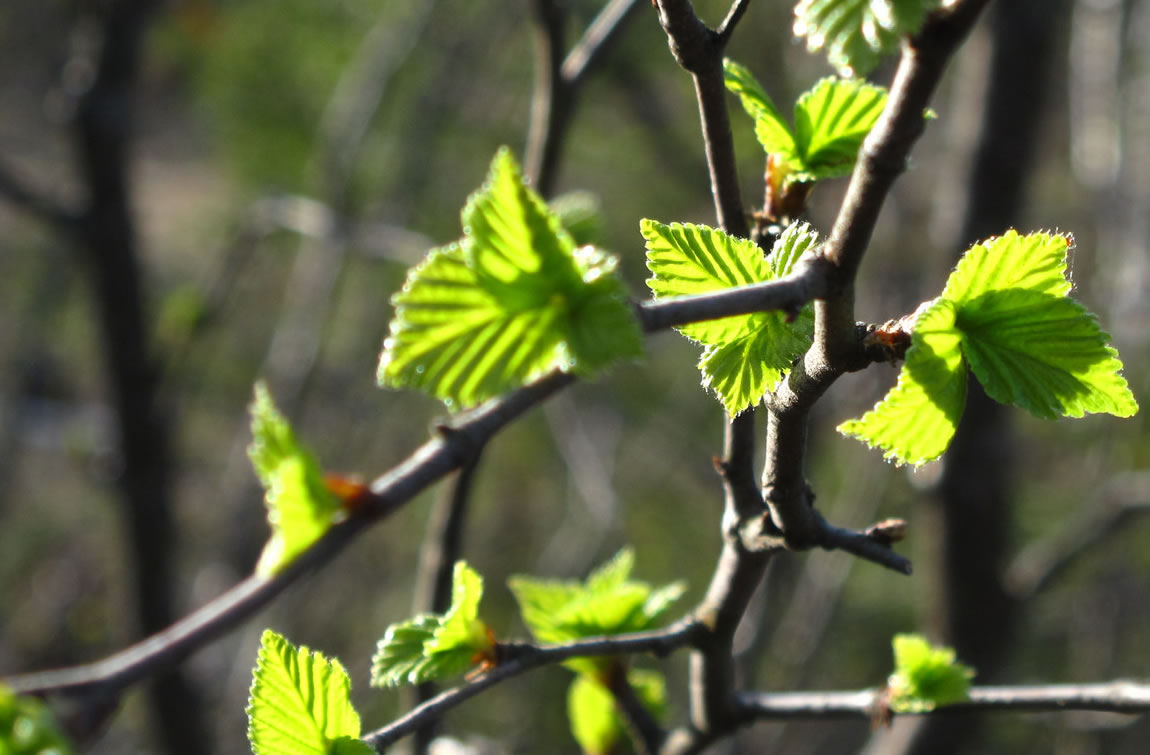
This kind of stuff is right up my ass, obviously, so it’s with some shame that I report that I never actually took the opportunity to try either of Foss’ offerings. I dunno — I got distracted or something. Next time, I promise!
One birch product that I did remember to try is a birch leaf syrup made by Urta Islandica. I’m tasting it right now on slices of pear. It’s pleasant, with some woodsiness and tannins, but I’d be lying if I didn’t mention that it tastes mostly like caramelized sugar. More leaves, I say.
Iceland moss, which isn’t
Cetraria islandica is not moss at all, but a species of lichen. Recall that lichens are not even plants, but rather symbiotic organisms that bring together fungus and algae or cyanobacteria in a whole that is unrecognizable as the sum of its parts.
I know, I know — lichen doesn’t seem very appetizing, sitting there all crusty on rocks and tree trunks. But there are actually a fair number of traditional northern cuisines that include them, usually after some kind of slow, thorough cooking to deactivate toxins and break down the abundant starches into sweeter, more digestible sugars. (Much like what is done with camas bulbs, sunchokes, and even your standard caramelized onion.)
Iceland moss is now basically a forgotten food in Icelandic cuisine. That’s probably for the best, since lichens are slow-growing and typically very vulnerable to over-harvesting. Still, it has found some limited use as a flavouring, which may make more sense when you consider that one of the most prized perfumery ingredients in the world, oakmoss (Evernia prunastri), is also a misleadingly named lichen.
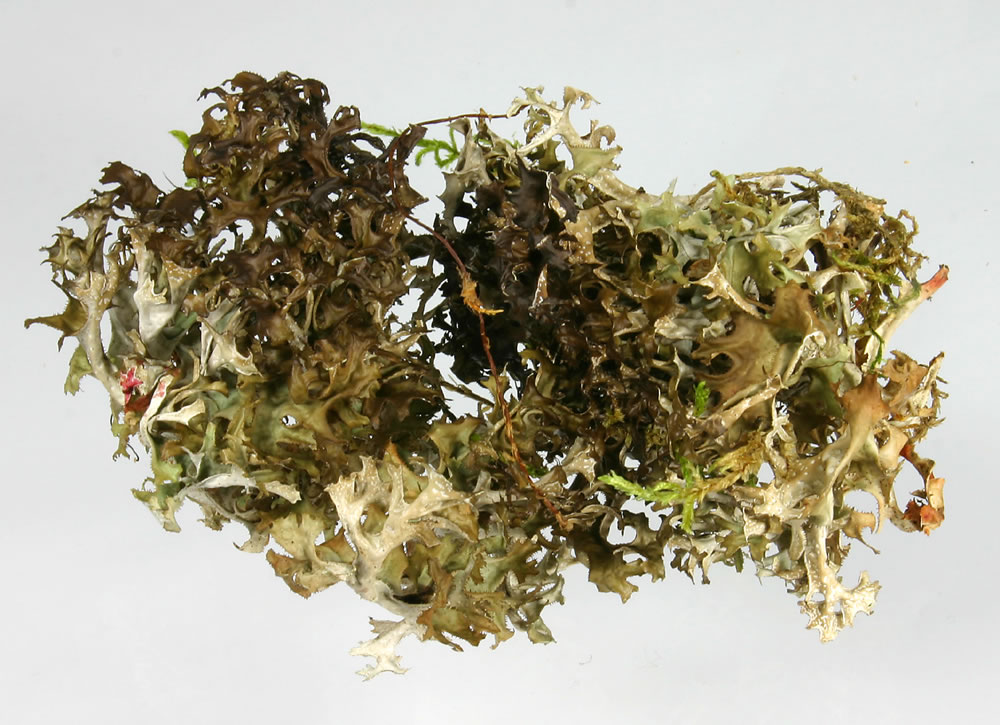
While in Reykjavík, I got a chance to try two different products flavoured with Iceland moss. Both were mildly alarming, and ultimately very nice.
Fjallagrasa Icelandic Schnapps comes in an unpromising bottle that does away with Icelandic completely in favour of English, something that I usually take as a hallmark of a substandard product fobbed off exclusively on tourists. Surprise, it’s actually fantastic and very distinctive. Unsweetened, woodsy, earthy to the point of dirty, even a little fungal — not for everyone, but it would appeal to adventurous folks who like their whisky peaty or their beer on lees. It also makes a unexpectedly good highball with fizzy lemonade when drunk in the back of a friend’s truck camper.
Second, I bought another Urta Islandica syrup flavoured with Iceland moss. Unlike the birch leaf syrup, there was no mistaking it for caramel. That same earth, wood, and mushroom as the schnapps, but toned down considerably, perhaps on account of a water-only extraction with no alcohol. I could actually imagine using this on pastries or ice cream without scaring away the kiddies.
Both of these products were a minor revelation for me, since I’ve never explored lichen as a flavouring before in my own work. And, of course, it’s worth mentioning that Iceland moss grows from coast to coast in Canada as well. Time to start poking around in the lichen, I guess.
